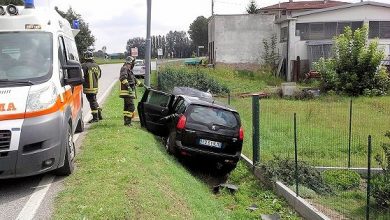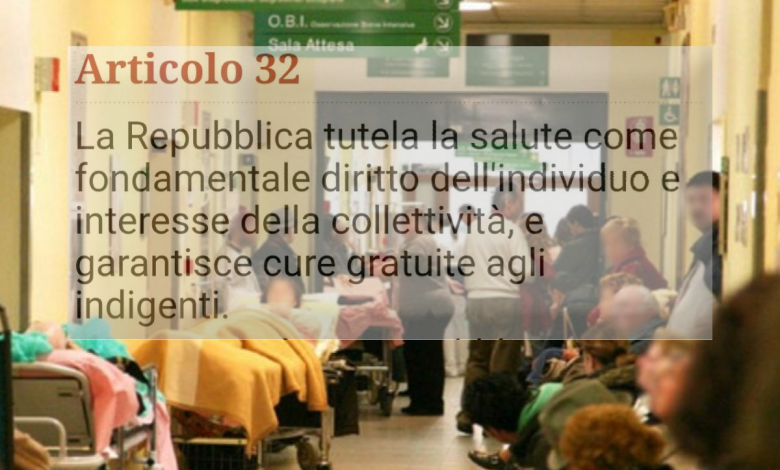
We are facing an unprecedented sustainability crisis of a National Health Service close to the point of no return and the constitutional right to health protection is turning into a privilege for the few, leaving behind the most fragile and disadvantaged people, particularly in the South of the country.
It is no longer tolerable for our democracy that universality, equality and fairness, the fundamental principles of the NHS, have been betrayed and undermined by endless waiting lists, increased private spending, inequalities in access to healthcare services, inaccessibility to innovations, healthcare migration , increase in private spending, waiver of care, reduction in life expectancy.
We firmly believe that the loss of public health will lead to an unprecedented health, social and economic disaster: for this reason, the GIMBE Foundation will continue to fight to defend the NHS, encouraging political choices aimed at relaunching the NHS and defending the constitutional right to the protection of Health.
Because public health is just like health: you realize it exists only when you've lost it.
Some numbers
Fewer and fewer doctors, nurses and medical students
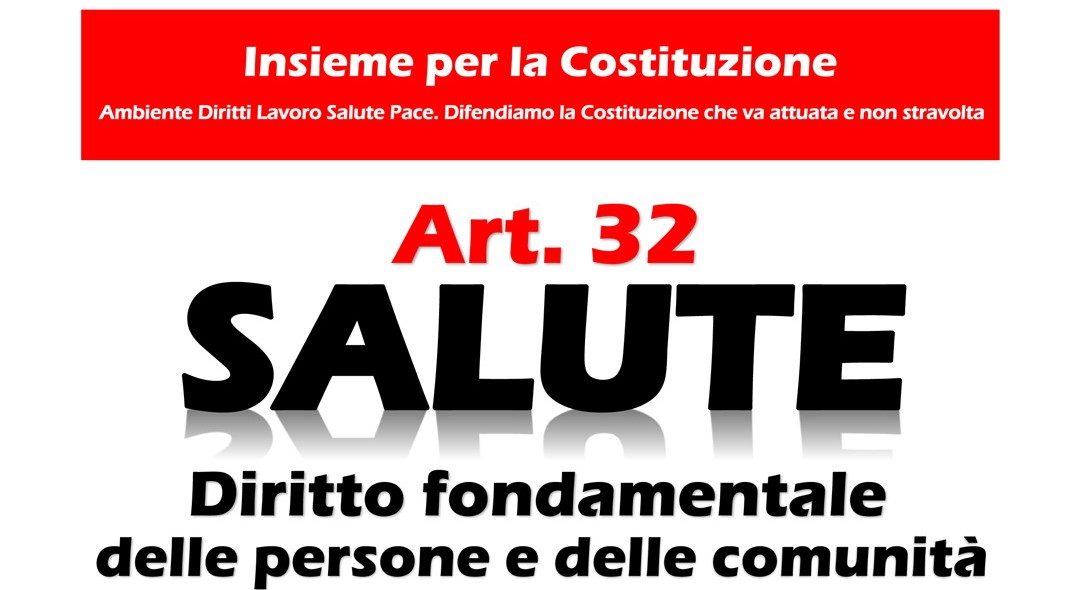 The Italian system requires great sacrifices from healthcare workers without a fair wage and contractual consideration
The Italian system requires great sacrifices from healthcare workers without a fair wage and contractual consideration
Decades of restrictive health policies have led the national service to collapse with resource cuts and turn-over blockages. The limited number of universities for the health professions prevents many students from accessing the professions they risk becoming less and less palatable. The effects on personnel are devastating. An unbearable burden is being placed on them.
According to a study by the CGIL Public Administration, over 34,000 doctors and 300,000 nurses are missing in Italy. Within the next 7 years, 13,000 emergency-urgency doctors, 18,000 general practitioners and almost 70,000 nurses will cease activity. Wages are significantly lower compared to the average of OECD countries so as to determine a phenomenon of emigration to hospitals in France, Germany and Switzerland.
The ceiling on personnel expenditure imposed by governments prevents the Regions from hiring the operators necessary to guarantee the Lea, the essential levels of assistance. The Regions have outsourced services, increasing costs and decreasing quality. The specific shortage of emergency-urgency doctors has exploded the phenomenon of token doctors. According to Corriere della Sera in 2022, over 100,000 shifts were outsourced in Lombardy, Veneto, Piedmont and Emilia-Romagna. Many have doubts about the legitimacy of the system.
According to the World Health Organisation, whose data supplement those of INAIL, "between the 8% and 38% of healthcare workers, there has been physical violence”. Nurses, emergency room workers and mental health workers are at greatest risk. Of the 4,821 physical assaults recorded by INAIL in the three-year period from 2019 to 2021, 71% had a woman as its victim.
According to Cittadinanzattiva report 2022, in the public health system it is necessary to wait 720 days for a mammogram, 375 for an ultrasound, a year for a CT scan, 6 months for an MRI. For diabetic, dermatological or rheumatological visits, the visits do not go below 10 months. It's no better for surgery: in cardiology and orthopedics you have to wait at least a year. Up to 6 months for an oncological intervention.
According to ISTAT, in 2020, 7% of the population gave up necessary health services because 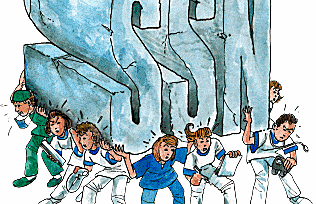 deemed too expensive or for waiting lists that are too long. A phenomenon that concerns four million people. In 2021, Italian citizens spent 41 billion euros on treatment, eroding wages and pensions. 623 euros per capita with huge territorial inequalities.
deemed too expensive or for waiting lists that are too long. A phenomenon that concerns four million people. In 2021, Italian citizens spent 41 billion euros on treatment, eroding wages and pensions. 623 euros per capita with huge territorial inequalities.
In the decade 2010-2019, only 5 regions exceeded the 85% of the fulfillment of the LEA, the essential levels of assistance. It's about Emilia-Romagna, Tuscany, Veneto, Piedmont and Lombardy. In 2019 Basilicata, Calabria, Campania, Molise, the autonomous province of Bolzano, Sicily and Valle d'Aosta did not meet their obligations.
In 2020, despite the pandemic, there were 351,000 days of hospitalization for patients hospitalized in a region other than their own. In 2019 there were almost half a million. In the last 10 years, the regions of the South have poured 14 billion euros to those of the North to have their citizens treated, losing important resources for their own development. Above all, Lombardy, Emilia-Romagna, Tuscany and Veneto benefited from it. The result is the image of a country split in two which betrays the founding principles of universality, fairness and equality of the National Health System.
Inequalities in access to services affect life expectancy at birth with an unacceptable 3-year gap between the province of Trento and Campania. Critical issues that are already serious and unbearable today, destined to worsen if the project of differentiated autonomy takes shape.
In recent weeks, the Council of Ministers has approved the Economic and financial document (Def) 2023. This year the ratio between health expenditure and GDP has contracted from 6.9 percent in 2022 to 6.7 percent. In absolute terms, the expected expenditure for the sector grew by 4.3 billion euro. An apparent increase (+3.8 percent) engulfed by inflation well over 5 percent.
There willingness to cut is evident, with a reduction of over 3.3 billion euros in the next few years: the government has indicated in the Def that starting from 2025, spending will fall further to 6.2 percent. The budgets of the Regions, already in the red due to the incomplete coverage of the expenses incurred due to the pandemic and the vaccination campaign, due to the increase in energy costs, due to the increases in raw materials and materials, will further worsen.
This also affects the endowment of hospital beds. In the last 20 years, 80,000 have been cut. In 2020 in Italy there were 189,000, equal to 3.18 places for every thousand inhabitants. According to Eurostat one of the lowest values in Europe. Germany, Austria and France maintain very high levels up to double ours.
The Associations participating in the Rome event
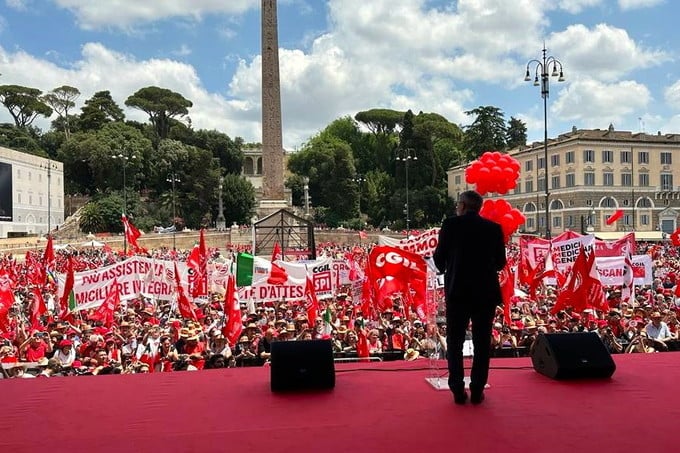 ACLI extension
ACLI extension- Non-profit dreamcatcher of Sarzana (SP)
- Action Aid
- AFAP La Spezia
- ALI – Italian Local Autonomies
- Alliance for Primary Care Reform
- Love and Psyche
- ANPI
- Antigone
- AOI – International Cooperation and Solidarity
- ARCI
- Article 21
- Association 180friends L'Aquila
- La Bottega del Possibile Association
- Proteo Association Making Know
- Association for the Renewal of the Left
- Fundamental Right Health Association
- International Health Association
- AUSER
- AVO Rome - Odv
- Walking Together – Odv
- PHC Primary Health Care campaign now or never
- CGIL
- CILLSA (Citizens for Employment, Legality, Health and the Environment)
- CIPES – Center for health promotion and health education initiatives
- Giorgio La Pira Club – Abruzzo
- Active citizenship
- CNCA
- Cona neighborhood committee, Fonte Baiano and Piano Solare Teramo
- Community of San Benedetto al Porto
- Municipal Council of Florence
- Constitutional Democracy Coordination
- Mental Health Coordination
- CoPerSaMM
- CRS
- Defense for mentally ill – Abruzzo
- Rights in Movement – Chieti
- Emergency
- Fairwatch
- FEDAISF – Federation of Italian Associations of Pharmaceutical and Parapharmaceutical Scientific Representatives)
- Federconsumatori
- Alessandro and Tullio Seppilli Foundation ETS
- Franca and Franco Basaglia Foundation
- GIMBE Foundation
- Massimo Fagioli Foundation
- Nilde Iotti Foundation
- Forum Inequalities Diversity
- Drug forum
- Italian Forum of Water Movements
- Forum for the Right to Health
- Mental Health Forum
- Greenpeace
- Abel group
- Solidarity group
- Fernando Santi Institute
- Gramsci Institute of Ferrara
- the AITSaM (Italian Mental Health Protection Association) ODV Section of Venice Historic Center and Islands
- Laudato Si' – An Alliance for Climate, Earth and Social Justice
- Legambiente
- Free
- Liberty and Justice
- Links
- Lisbon Institute of Global Mental Health
- Democratic Medicine
- Holden's World – La Spezia
- Public Health Movement
- Grandmother Rome
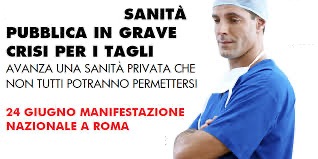 Observatory stop opg
Observatory stop opg- Royal country
- Open Doors of Romagna for Mental Health
- Community first
- PROSALUS Palmi - Reggio Calabria
- Democratic psychiatry
- Italian Peace and Disarmament network
- Even Numbers Network
- Local Health Welfare Network
- High School Students Network
- Saltamuri Interassociative table
- Let's save the Constitution
- Let's get out of balance
- Solaris odv
- HEDGE
- SOS Healthcare
- SUNIA
- Table No Differentiated Autonomy
- UDI-Italian Women's Union
- UDS
- UDU
- UISP
- UNASAM
- Ve.La – Veneto Laboratory
- VE.R.SO Veneto Social Research
- + Rights
Related news: FNOMCeO. Sanità, FNOMCeO sostiene le manifestazioni di oggi a favore SSN


